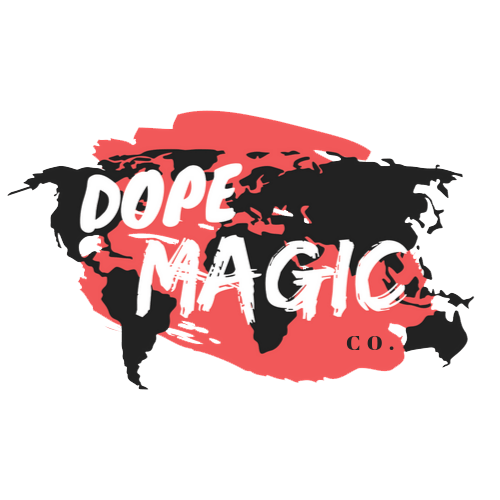5 Tenets of Successful Business Storytelling
Why is easier to recall how Jack and Rose met than when and where the Titanic sank?
You, and about 500 million other moviegoers, know their story. Stories are memorable because they help us connect.
The same principles apply to business storytelling. Companies tell stories to tap into the emotions of their buyers and help them feel a personal connection to the brand.
When developing brand stories, consider these five elements:
1. The Meaning. Meaning taps into a deeper emotion than an external desire. It’s what tells consumers “this is for me” or “this feels right.” (See: The Hero and the Outlaw: Building the Power of Archetypes)
It requires you identifying your company values and communicating them through your brand. Once you discover your brand’s meaning, storytelling becomes much easier because you have a natural genre and subject matters that are symbolic of that meaning.
For example, Whole Foods sells organic foods, but the brand means more than that. It’s a symbol of taking care of yourself, others and the environment. Whole Foods’ Meet the Famers and Ranchers video is a great example of stories that support the brand meaning.
2. The Characters. Characters bring your brand to life. They give your audience someone to root for and identify with. Some companies use the same character in all their stories until that person becomes synonymous with the brand.
Progressive Insurance features Flo as the main character in all of its stories. They’ve given her a family, a love life, and hobbies.
Your main character should be your customer, and you can personify them through a character, with whom they identify. Your ideal customer should be the hero in all of your stories.
3. The Climax. Your stories should be structured with a beginning, middle, and end and include a climax before the resolution.
Budweiser’s Super Bowl ad has a perfectly structured story with an obvious climax when the puppy encounters the wolves.
Identify your climax when you’re outlining your story. This is where the hero of your story (your customer) sees to paths and is forced to choose one.
4. The Takeaway. What do you want your audience to learn from your story? Build your story around this. This should be the last message you deliver and the one that lingers with your audience when the story is over.
Mastercard’s Priceless Campaign is an example of stories with a strong takeaway: You use Mastercard to make purchases, but you’re gaining a memory money can’t buy.
You can use multiple stories to demonstrate one takeaway, like Mastercard, or each story can have its own takeaway. The takeaway is the story’s selling point.
5. The Cliffhanger. Cliffhangers provide intrigue and engagement. This is what should make your audience want to tune into your next story or take the desired call to action.
Obviously, TV series provide the most obvious example of the use of cliffhangers to keep viewers tuning into to the next episode.
In business storytelling, a cliffhanger could be as simple as ending with, “Want to know how John’s new lead scoring system impacts the sales cycle? Visit our blog next week.”
Be sure you include a call to action that allows your audience to take the next step in their buying journeys.
Business storytelling requires skill, creativity, and ongoing effort. But when it’s done well, it can form that emotional connection between your brand and your audience that creates intrigue, engagement, and loyalty.
What are some of your “essentials” for good business storytelling? We would love to hear from you.
Pen & Purpose





